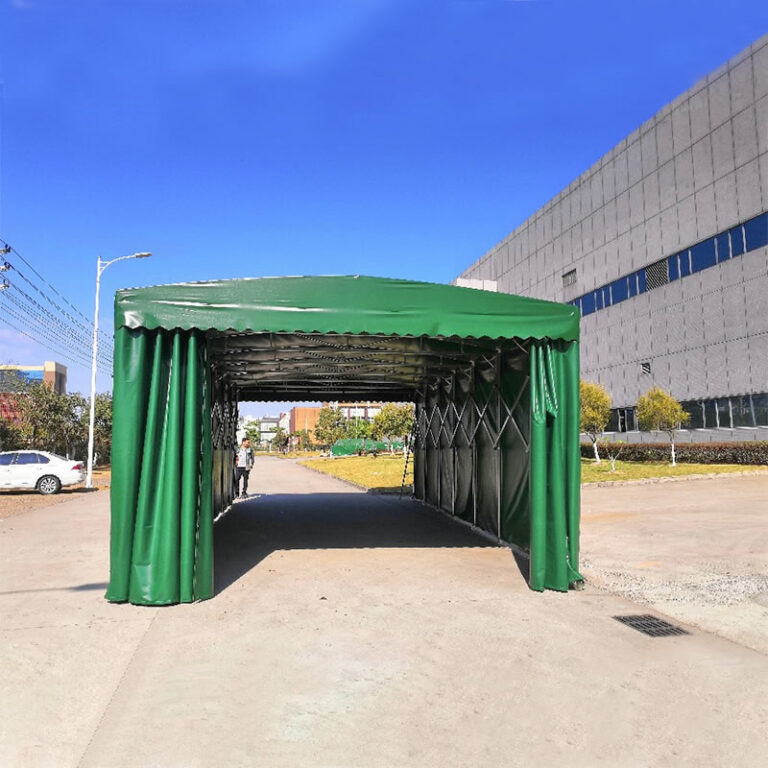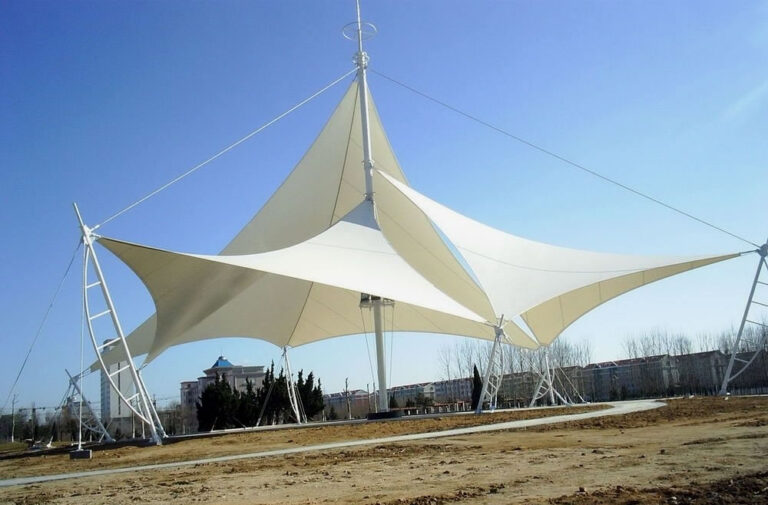A Comprehensive Guide for Push-Pull Tent
In the ever-evolving world of temporary structures, push-pull tents have emerged as a game-changer. Their versatile design and easy deployment make them an attractive solution for various industries. Whether used for commercial events, outdoor recreation, or emergency situations, push-pull tents exemplify modern innovation in tent engineering.

What Is a Push-Pull Tent?
A push-pull tent is a retractable shelter system designed for swift assembly and disassembly. Its standout feature is the push-pull mechanism that simplifies the process of extending or retracting the tent, making it far more convenient than traditional setups. This unique design allows for efficient space usage and adaptability across different environments.
Historical Development of Push-Pull Tents
The concept of retractable tents isn’t entirely new, but the push-pull system represents a significant leap forward. Early versions of retractable shelters were bulky and required considerable manpower. Over the years, innovations in lightweight materials and mechanical systems led to the creation of the modern push-pull tent, which balances ease of use with structural integrity.
Key Components of a Push-Pull Tent
The efficiency of a push-pull tent lies in its core components:
- Frame and Support Structure: Typically made of aluminum or high-grade steel, ensuring strength without adding unnecessary weight.
- Fabric Materials: Often crafted from UV-resistant, waterproof, and fire-retardant fabrics for all-weather protection.
- Push-Pull Mechanism: This mechanical system, whether manual or automated, facilitates quick deployment and retraction, making the tent highly user-friendly.
How Does a Push-Pull Tent Work?
Deploying a push-pull tent is remarkably straightforward. Users extend the tent by pulling the frame outward, allowing the fabric to stretch into place. The retraction process involves a reverse motion, folding the tent neatly into its compact form. Automated systems further streamline this process, using motorized components for effortless operation.
Advantages of Push-Pull Tents
The benefits of push-pull tents are manifold:
- Ease of Setup: Minimal effort and time are required, reducing the need for large setup crews.
- Space Efficiency: These tents can be compactly stored and transported, making them ideal for mobile operations.
- Durability: Designed to withstand harsh weather conditions, push-pull tents offer reliable protection.
Applications of Push-Pull Tents
Push-pull tents are used across a variety of contexts:
- Commercial Use: Ideal for markets, fairs, and exhibitions where quick setup is crucial.
- Recreational Use: A popular choice for campers and outdoor event organizers.
- Emergency Situations: Essential in disaster relief efforts, providing rapid shelter in crisis zones.
Push-Pull Tents in the Event Industry
In the event industry, push-pull tents have revolutionized outdoor planning. Their flexibility allows for creative layouts, enhancing both the visual appeal and functionality of events. From corporate gatherings to weddings, these tents provide a reliable and stylish solution.
Customization Options for Push-Pull Tents
Push-pull tents can be tailored to specific needs:
- Size Variations: Available in various dimensions to accommodate different crowd sizes.
- Branding: Custom graphics can be applied for promotional purposes.
- Accessories: Options like lighting, sidewalls, and flooring can enhance the overall experience.
Material Considerations in Push-Pull Tent Design
Selecting the right materials is crucial:
- Weather-Resistant Fabrics: Ensuring protection from rain, wind, and sun.
- Sturdy Frames: Using lightweight yet durable metals for longevity.
- Eco-Friendly Choices: Increasing demand for sustainable options drives innovation in recyclable and biodegradable materials.
Maintenance and Care Tips for Push-Pull Tents
Proper maintenance extends the life of a push-pull tent:
- Regular Cleaning: Removing dirt and debris to prevent fabric degradation.
- Storage: Keeping the tent in a dry, protected environment when not in use.
- Repair: Promptly addressing minor damages to avoid larger issues.
Challenges and Solutions
While push-pull tents are designed for convenience, challenges may arise:
- Deployment Issues: Ensuring proper training or using automated systems can mitigate difficulties.
- Weather Stability: Reinforcing anchoring methods helps maintain stability in adverse conditions.
Future Trends in Push-Pull Tent Technology
Innovation continues to shape the future of push-pull tents:
- Automation: Advancements in motorized and smart systems promise even quicker deployment.
- Sustainability: Ongoing research into eco-friendly materials ensures that future designs will be greener and more sustainable.
Conclusion
Push-pull tents represent the pinnacle of modern tent technology, offering a blend of convenience, durability, and versatility. Their growing popularity across various sectors underscores their value, making them an essential asset for both personal and professional use.




